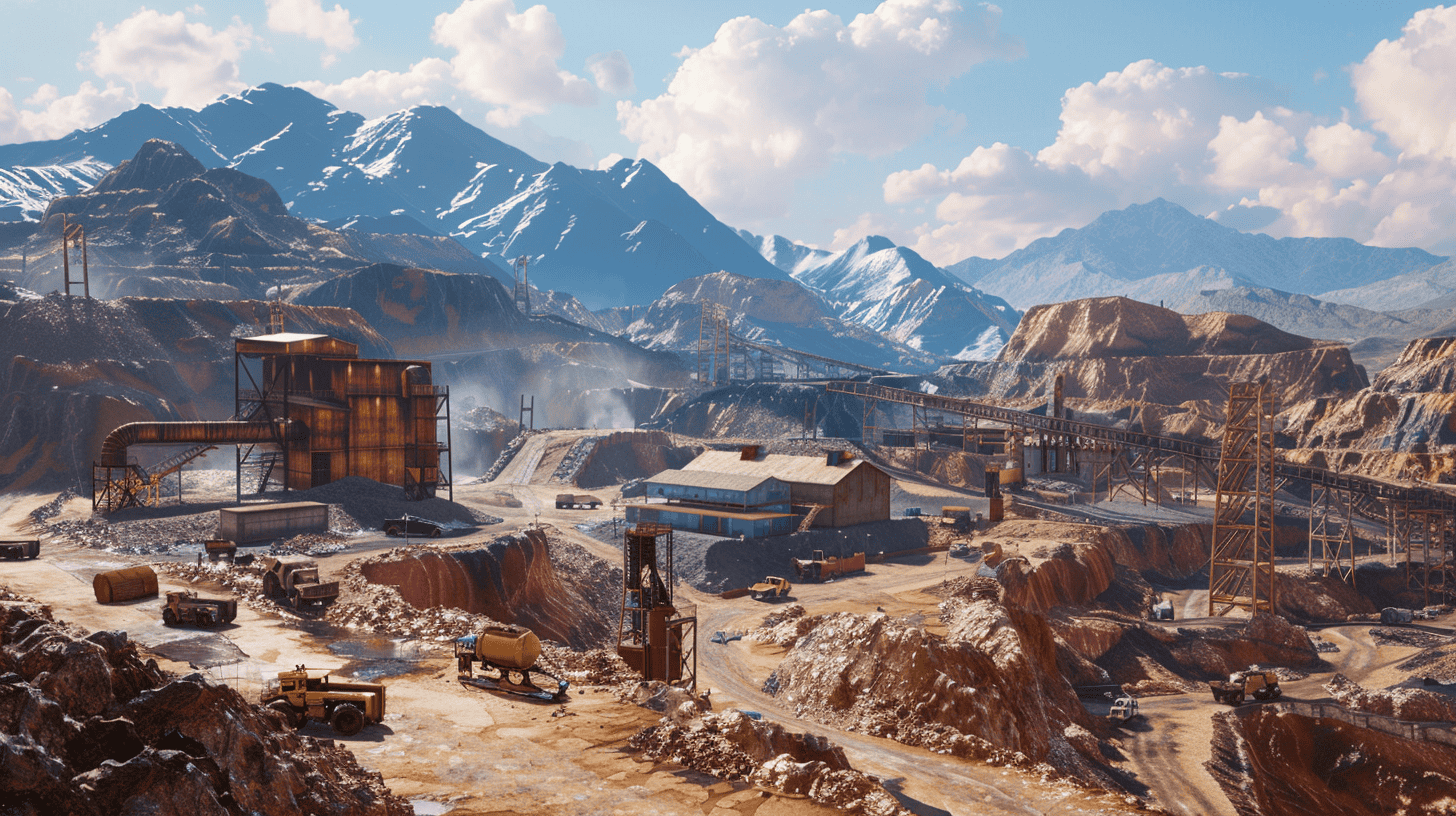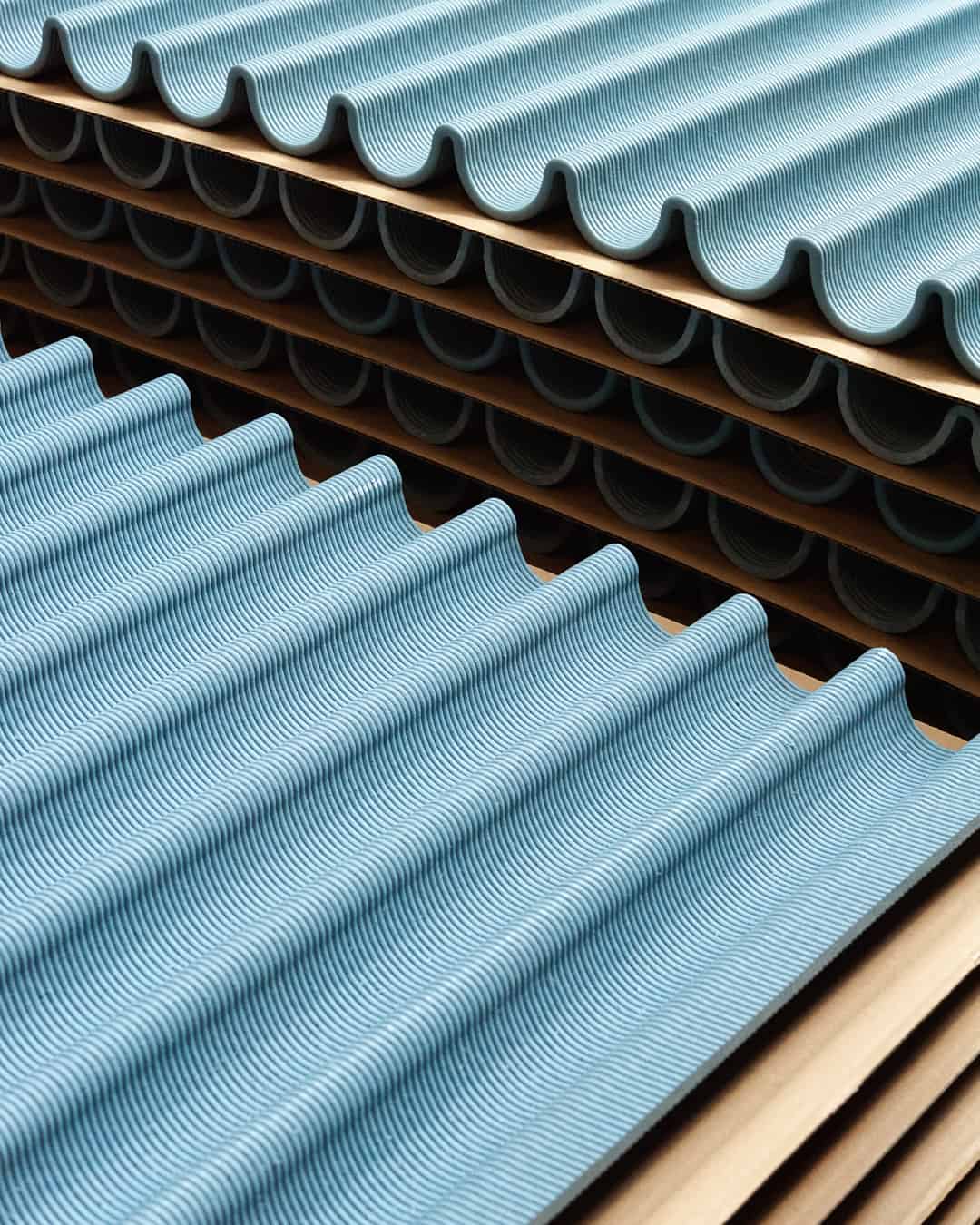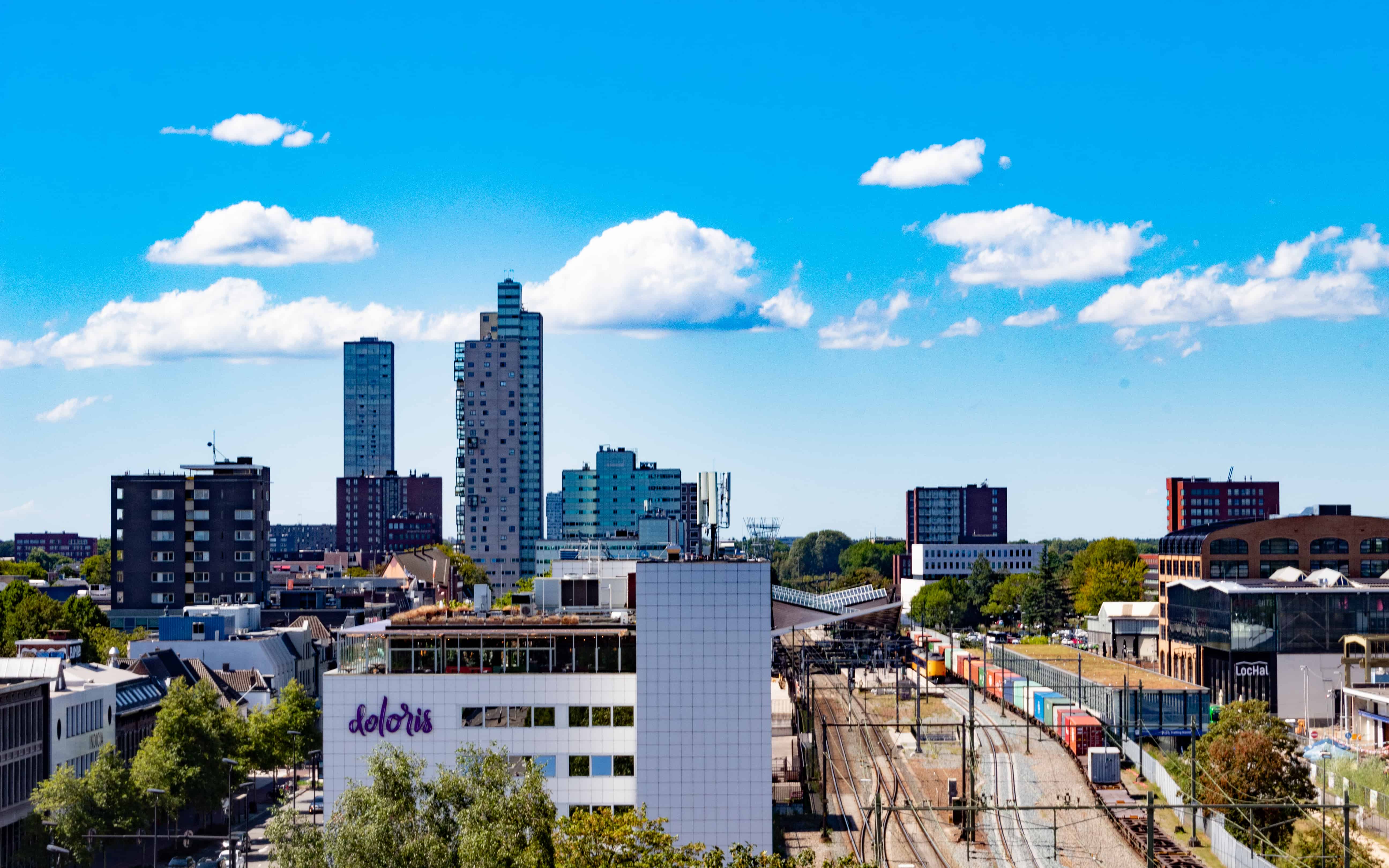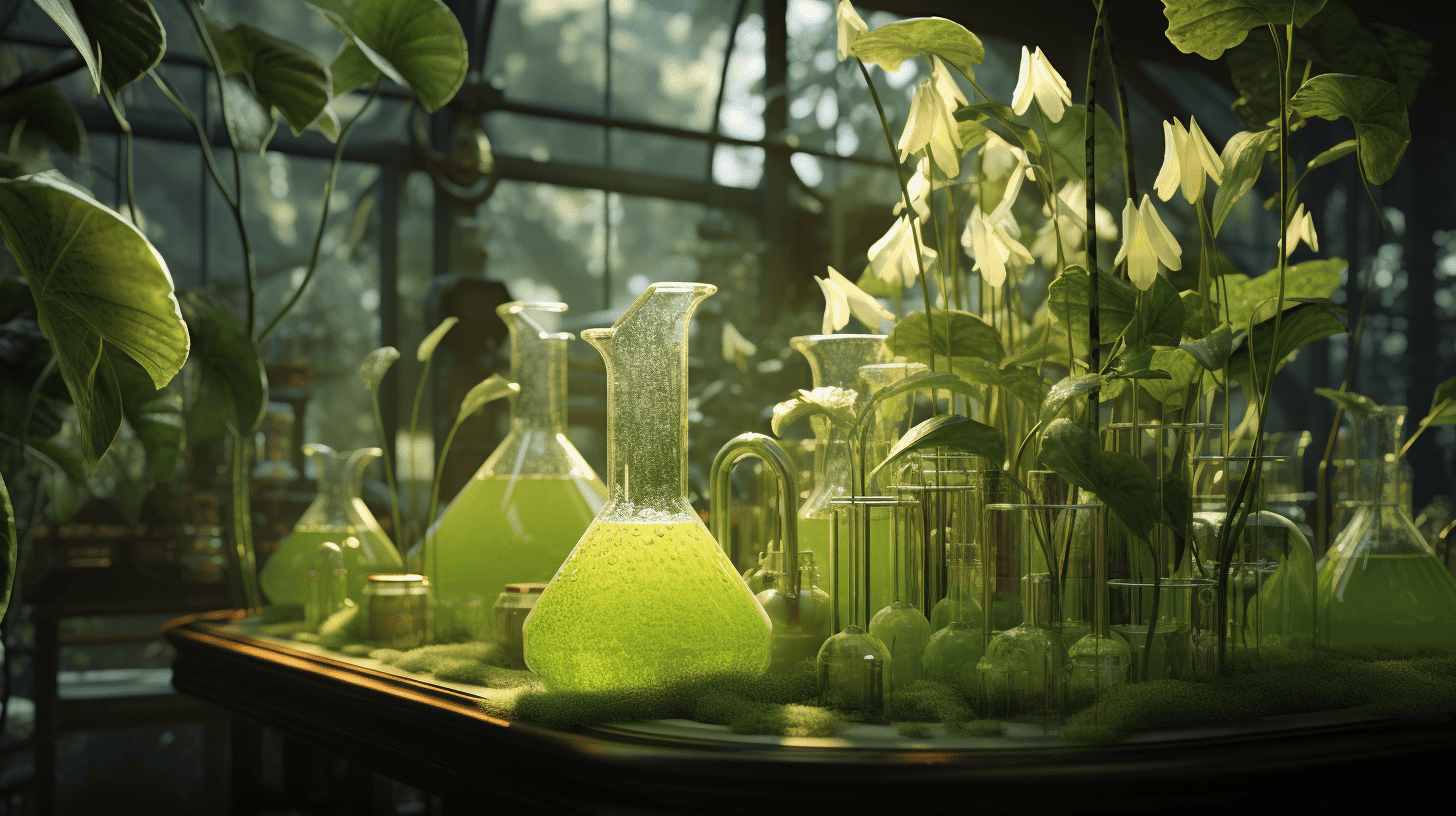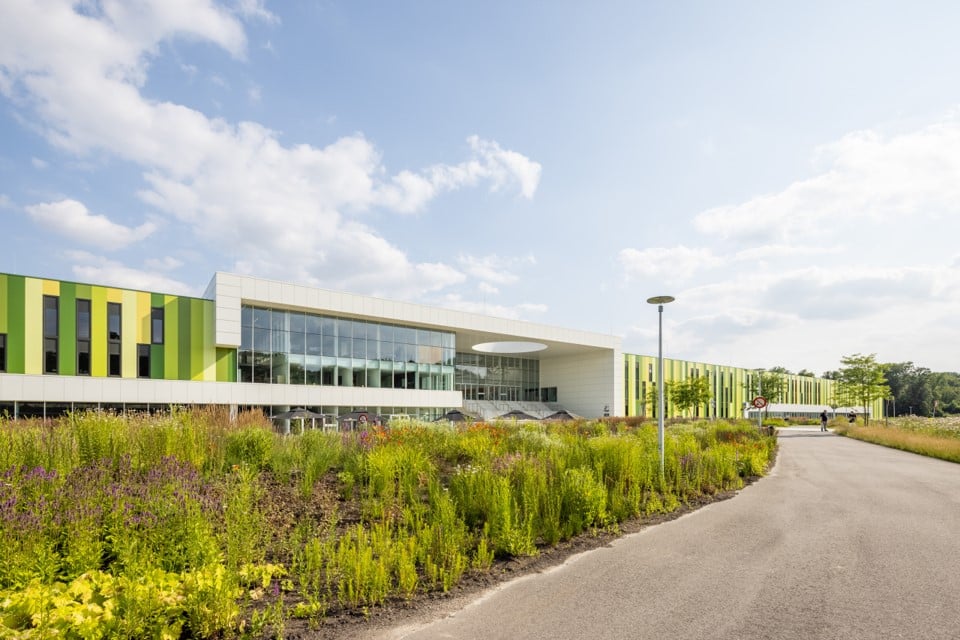
In the circular economy week, countless people, institutions and organizations are devoting a bit more attention to the society of the future in which we will reuse all raw materials and use natural resources only if this can be done sustainably. Brainport Industries Campus shows how the manufacturing industry and nature come together.
Brainport Industries Campus (BIC) is located on a site of approximately two hundred hectares. This is where the manufacturing industry can coexist with nature, according to urban planner Simon Dona. Dona has been working on the area in which the BIC terrain is located since 2008.
BIC covers the entire area from Antony Fokkerweg to the Batadorp intersection. Of the two hundred hectares, sixty hectares have been designated for industry. The remaining one hundred and forty is and will remain natural landscape or should develop into natural landscape over the coming years. The first building for “the factory of the future” opened its doors to companies in 2019 .
Intensive use of space
The first plans for the area formed in, however, as early as 2010, Dona says. ” It wasn’t called BIC at that time.” However, the province, the municipality of Eindhoven and Brainport Industries were planning to build a business park there. Back then, Dona asked questions like: what kind of business park, why and for whom are we making it? The initiators had different concerns, the urban planner adds.
“For example, the municipality and province wanted to improve the business and living climate. It was important to connect the city center with the surrounding landscapes. For the manufacturing industry, it was very important to be able to continue to compete on a global scale as a high-tech supplier. Therefore, what kind of surroundings go with that? When you start asking those questions, you come up with a different answer than the one we were used to as a business park.”
An intensive use of space became the adage. This involves using as little landscape as possible for buildings. The plan arose to create space within a building for several factory halls, offices and classrooms, in which the entire chain of the manufacturing industry is brought together.
Puzzle
“That’s how we were able to save on surface area for industrial land. Building less was very important for the urban-rural connection. Moreover, you also make the area attractive to the people who work in the factory. By bringing together the entire chain of companies and educational institutions, you also foster long-term cooperation. For example, you can combine school with actual production. That’s how you inspire young people to work in industry.”
That idea of intensive construction marked the start of a puzzle. “Because ultimately, you are going to end up building in a wildlife area. And almost every tree in that National Nature Landscape Brabant (NNB) has a protected status.” That protected status means that if you remove a tree, you have to compensate for it.
The Ekkersrijt, a small stream that flows from Eindhoven Airport towards the Dommel valley, played an important role in this compensation. A narrow stream that flows through the meadows, sometimes runs dry in the summer and sometimes causes flooding in the area, Dona goes on to explain. “That stream is actually not a piece of nature at all, but a drainage system. We are turning that stream into an almost one hundred meter wide stream channel. If there is a period of heavy rainfall, we drain the excess water and collect it in the nature reserve. There are fewer floods that way and the area has the capacity to absorb water. Plus, you can also create some very nice transitions between wet and dry landscapes, which in turn is very interesting for the plants and animals.”
New nature reserve
Within BIC, it’s not just about the protected natural areas, but also, for example, verges along the highway. “The pools of water that you see there are also part of the BIC water system. And a gentle slope gives all kinds of fauna a chance to grow. These are the first steps towards developing a so-called wet nature there. This will take us beyond the compensation zone. Those were originally fields or meadows. We are turning them into nature reserves.”
In addition to the compensation factor, the building itself is also circular. It can be disassembled and the material reused. The modular construction also makes it possible for each company to set it up according to their own requirements. “With the building, we are also encouraging the efficient use of materials. Waste streams are shared, which creates opportunities to reuse residual materials.”
On the first floor of the building is a shared logistics hallway. Companies are able to load and unload there. “It is all set up with the idea: if we can do it together, it will be more efficient. If, for example, you can jointly dispose of titanium waste, then it becomes attractive for a party to come and pick it up, for example, for further recycling. This is how we have organized the entire building. You can also see this reflected in the infrastructure; we only had to lay a few hundred meters of asphalt leading up to the entrance.”
No gas pipeline
Even the energy supply is sustainable. Leo van der Linden, contract manager at the technical service provider EQUANS, is responsible for the management and maintenance of BIC’s power plant, under the so-called flag of BIC Utility BV. He sums up: “The entire building runs on electricity, there is no gas pipeline to the building. There are solar panels on the roof, and the generation of heat and cooling is done via the water in the ground.”
“As EQUANS, we are working hard on the energy transition. It is really becoming the new way of thinking.” What makes BIC a challenging location for Van der Linden is that it brings together a wide variety of manufacturing industries. “A factory hall next to an office, or a classroom. Companies like Siemens and KMWE, Fluke or a Summa College, they all have different requirements. The production process has the highest priority for one of them, while for another it is the classroom where there should be no disturbances during lessons.”
BIC 2
According to Dona, one of the challenges lies in the development of sustainable production processes. “What I have learned is that the climate of a building in this sector is very decisive for how well you can work in a natural way. If you want to switch from milling and stamping in the metal industry, for example, to 3D printing, you will want to have very stable environmental conditions. That new production method is much more reliant on that fluctuation in climate.” That is why the BIC Utility BV also pays attention to process cooling, use of compressed air and working with demineralized water, i.e., demi-water, among other things.
Dona: “The building is really just a kind of shell which connects the operating conditions. I find it interesting how we create the right conditions for these manufacturing methods, such as 3D printing. What does that require from a building? If we manage to accomplish that then we also boost the step towards that circular production process.”
BIC 1 is standing there. But there is already talk of building a BIC 2. Dona: “The question here is what does the industry of tomorrow need? Can we design a building for that? BIC 2 is not going to be another BIC 1. If you find what you need in BIC 1, then you should go to BIC 1.”



